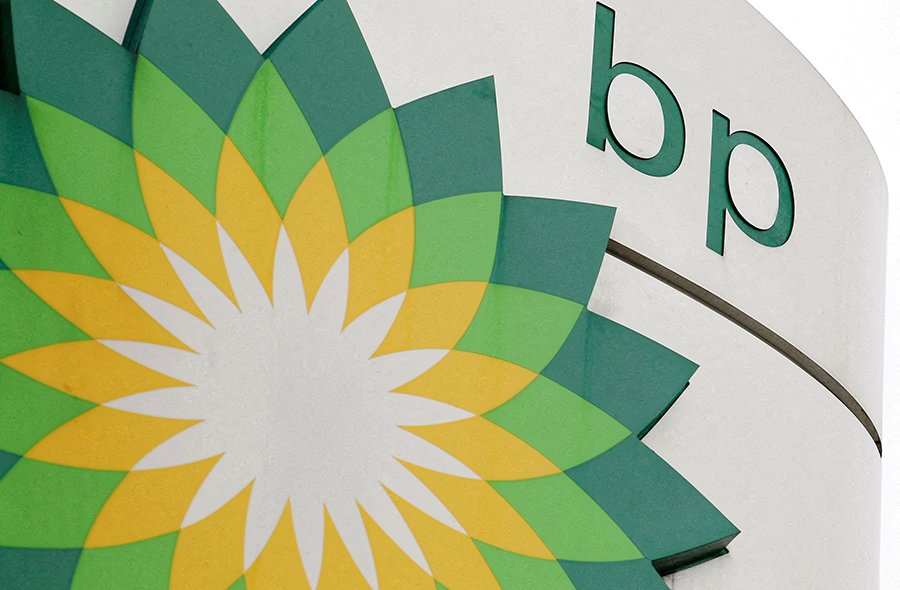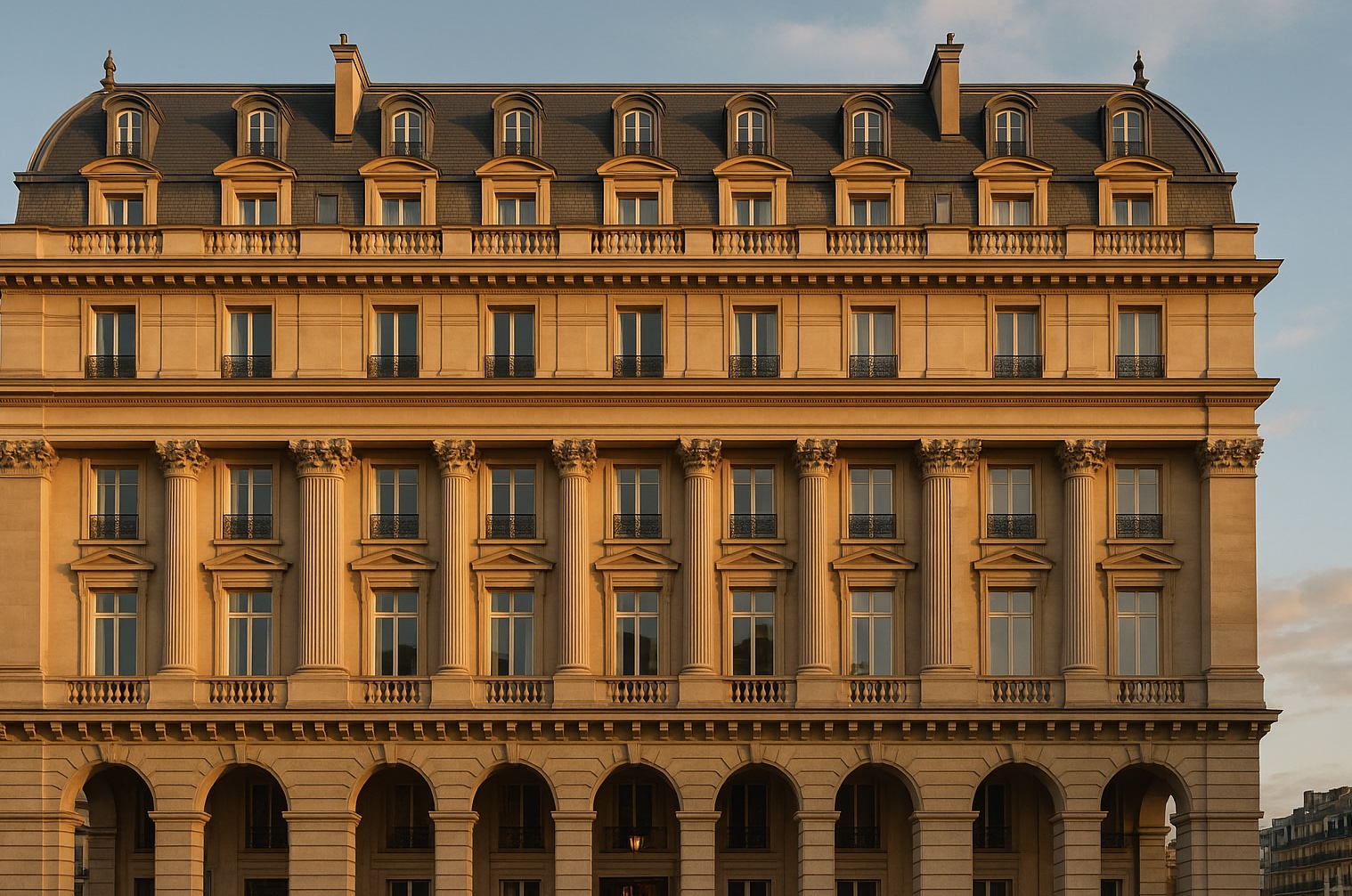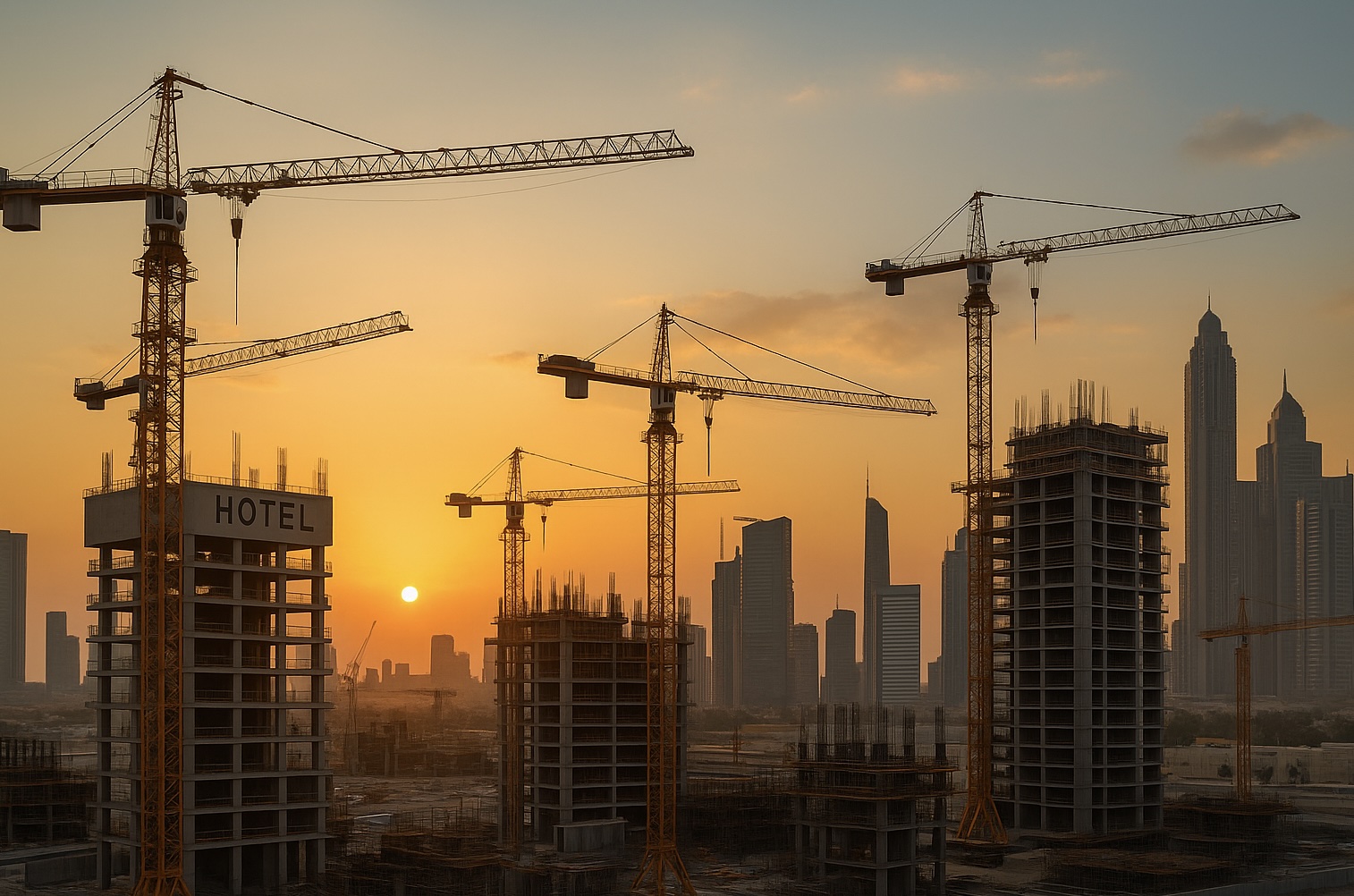читайте также
 Spain’s Real Estate: Record Prices and Falling Yields
Spain’s Real Estate: Record Prices and Falling Yields
 Fuel crisis at Seattle Airport: the Olympic Pipeline outage has disrupted supplies
Fuel crisis at Seattle Airport: the Olympic Pipeline outage has disrupted supplies
 European Hotel Construction Market Breaks Records: Upper Upscale Segment Reaches New Heights
European Hotel Construction Market Breaks Records: Upper Upscale Segment Reaches New Heights
 Middle East Hotel Construction Pipeline Hits Record High: 659 Projects and 163,816 Rooms Under Development
Middle East Hotel Construction Pipeline Hits Record High: 659 Projects and 163,816 Rooms Under Development
 New Rules for Greece’s Golden Visa: What Changes for Investors
New Rules for Greece’s Golden Visa: What Changes for Investors
 Holiday Travel 2025: Less Spending, More Generational Shifts — Deloitte’s New Forecast
Holiday Travel 2025: Less Spending, More Generational Shifts — Deloitte’s New Forecast
Real Estate / Investments / Analytics / Research / Reviews / Germany / Spain / China / Russia / USA 04.04.2025
Spain is attracting the attention of global investors to "bunker real estate"

"Bunker Real Estate" is a market microsegment that emerged during the Cold War as a plaything for millionaires. Now, due to the threat of a new war in Europe, private bunkers are becoming more popular again and are now accessible to the middle class. As a result, specialists are increasingly talking about the emergence of a new promising niche in the global real estate market and its investment appeal.
Spanish Boom
France and Germany became the leaders in private bunker construction in Europe, and now another boom in shelter construction is observed in another major market—Spain. In the last three years, the volume of such construction in Spain has increased by 200%. Currently, there are about 400 private bunkers in the country. The price of a standard shelter can reach 150,000 euros, according to Euronews.
There are also more budget-friendly options on the market—shelters-dormitories, where rooms are sold with supplies of food and water in case of emergencies. However, Spain has only four public nuclear shelters: the Prime Minister’s residence, the Torrejón base, El Capricho Park, and the Ebora Hotel in Toledo. Although subway tunnels can be used as shelters, nuclear radiation can still penetrate these spaces.
Despite the explosive growth, Spain lags behind countries like France and Germany in terms of the number of such facilities—there are "only" about 400 in Spain.
Market Growth Factors
- Geopolitical instability: After the start of hostilities in Ukraine and other global threats, many Europeans began to invest in safety and protecting their families. This increase in concerns has been a growth factor for private bunkers.
- The lack of public shelters for protection from nuclear threats has pushed citizens to create private facilities.
Bunker Prices and Features in Europe
Germany and France
These countries lead in the number of private bunkers. According to Deutschland, in Germany, the cost of a standard bunker can range from 100,000 to 250,000 euros depending on the level of protection and functionality.
In countries like France, an important factor is that bunkers are often built in rural areas and have a higher degree of autonomy, writes Le Monde.
Typical Bunker Features
- Depth of at least 10 meters
- Air purification and water filtration
- Impact-resistant doors
- Steel cladding made of special alloys to withstand a nuclear explosion
Global Trends
USA
In the United States, the private bunker market is actively developing, according to experts from Bloomberg. Bunkers in the U.S. can cost from $50,000 to $500,000 depending on their complexity.
In some cases, owners choose more luxurious bunkers with additional amenities such as gyms and swimming pools.
China
In other nuclear powers, there is also growing interest in private shelters, especially amid political instability. In China, bunkers are often built in rural areas, where they can be relatively inexpensive.
Among global Chinese projects, the largest military command center near Beijing for protecting political leaders in the event of a nuclear conflict stands out.
There is also an extensive system of underground tunnels and shelters built in Beijing during the 1960s-1970s, known as the "Underground City," according to Atomic Expert.
Russia
In Russia, there has been significant growth in interest in private bunkers, especially after the partial mobilization in 2022. The demand for such structures has increased several times.
According to the company Akademik Stroy, which specializes in bunker construction in the Moscow region, the price of the smallest modular bunker (3.0 x 2.4 m) starts at $50,000.
A 74.73 m² underground bunker (with the dimensions of a standard two-room apartment - 10.20 x 17.70 m) and 3-meter high walls is sold for up to $300,000 (at the exchange rate of 75 rubles per dollar at the time of publication).
Bunkers as Investment Real Estate
Bunkers can become a profitable investment asset in the near future. For example, in the U.S., some companies offer bunkers as part of larger complexes for people who may be interested in long-term protection, as well as safety for future generations.
In 2022, the Vivos shelter complex in the U.S. began offering long-term rental of its facilities for wealthy clients. The project included bunkers in commercial complexes, turning them into safe residential and business spaces in case of a catastrophe, according to The New York Times.
The Future of the Private Bunker Market
- Demand Growth: In the coming years, further growth can be expected due to global threats, ranging from war to environmental disasters.
- Accessibility and Profitability: For large investors, bunkers could become a new type of real estate, evaluated not only for their functionality but also as a way to protect capital in times of instability.
The construction of private bunkers in Spain and other European countries will continue to grow. With the development of global threats and economic instability, they could become a significant part of investment portfolios, especially if integrated into more complex complexes.





